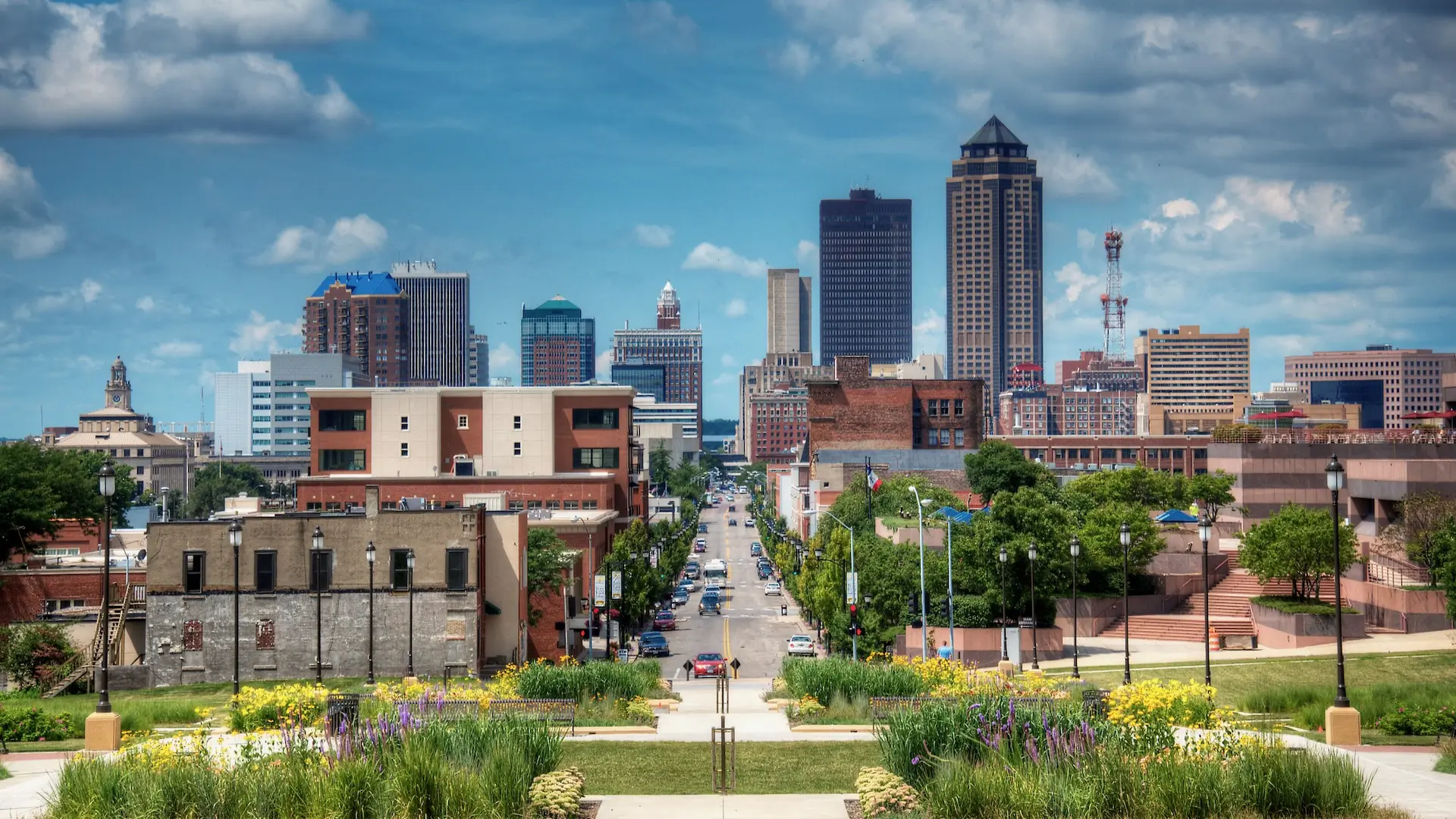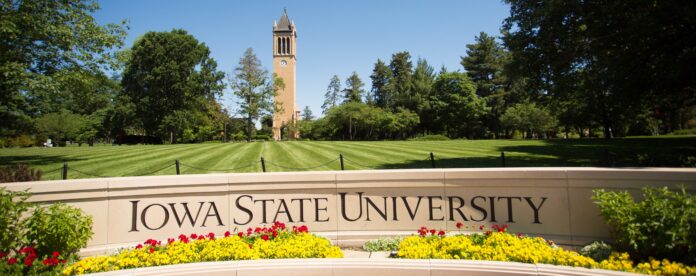Several millennia ago, various tribes inhabited the lands of the Midwest and utilized their natural resources as they saw fit. The fertile region between the Missouri and Mississippi rivers fostered the development of agriculture and livestock farming. By the time European settlers arrived, many smaller indigenous groups had adopted a sedentary lifestyle, with their settlements thriving culturally, economically, and politically. One of the largest Native American communities gave its name to what would later become the U.S. state of Iowa.
History of the State
The first colonists from the Old World arrived in 1673 as part of the expedition led by Jacques Marquette and Louis Jolliet. These were representatives of the French province of Louisiana, who declared the territory their own. They also conducted a study of the indigenous lifestyle and a census of the local population, after which they left.
A hundred years later, the fertile lands came under Spanish control. However, this change in power had little effect on life in the indigenous settlements. This redistribution of land was short-lived, as the colony of “New France” regained its ownership rights. In 1673, the first European settlement was established, marking the beginning of significant changes.
A turning point for the Native Americans came in 1803, when the territory of what would become the 29th U.S. state was purchased by the U.S. government as part of the Louisiana Purchase.
The lands of Iowa became the focus of explorer Zebulon Pike. His meticulous study of the region led to the establishment of Fort Madison and the U.S. government’s policy of pushing local tribes westward to make way for settlers.

Native Americans, led by their leader Black Hawk, offered some resistance, resulting in sporadic conflicts. In 1813, during the Anglo-American War, the tribes helped the British capture Fort Madison in exchange for weapons. However, after the peace treaty was signed, the U.S. regained control of Iowa, and by the 1850s, the resistance of the Native American population had been fully suppressed. The indigenous people were forced to leave their homes and move further west, while settlers from Virginia, Ohio, Kentucky, and other states took their place. The U.S. government actively encouraged this migration.
In 1838, the U.S. Congress officially incorporated Iowa as a U.S. territory, and in 1846, it was granted statehood. Des Moines became the capital.
Interesting Facts
- Iowa is frequently used as a filming location for Hollywood movies, especially those with agricultural themes.
- The state has several unofficial nicknames: the Corn State, the Heart of America, the Hawkeye State, and the “Hawkeye” (a term that roughly translates to “hillbilly”).
- With its continental climate and abundant annual rainfall, Iowa often experiences floods and tornadoes.
- Iowa’s museums feature many authentic bones and tusks of long-extinct mammoths.
- The state is home to a community of “Amana,” a group of people who reject progress and modern civilization, preserving their traditional way of life.
- Iowa has a unique law that limits the duration of a romantic kiss to no more than 5 minutes. Violators are fined heavily.
- Iowa places significant emphasis on renewable energy, with wind turbines being a common sight across the state.
- Local farmers make most of their income from growing corn, which is why the unofficial slogan of the state is: “We can make anything out of popcorn!”
- Iowa is home to three major universities and a library with a collection of over 3 million volumes.
Major Cities in Iowa
Iowa covers an area of over 145,000 km², though much of it consists of wild, sparsely populated areas or fields planted with corn and other grains. Therefore, urban landscapes are rare, but where they do exist, industry and the service sector are well-developed.
Iowa consists of 99 counties—territorial units with autonomous authority—and 100 county seats, each with its own governing bodies. Historically, Lee County has two administrative cities.
The largest city is Des Moines, the state capital, located in the center of the state, with a population of 203,400. In a 2010 Forbes magazine ranking, the metropolis was named the best place in the U.S. to start a career for young professionals.
Other major cities in the Corn State include:
- Cedar Rapids – population 126,300;
- Davenport – 99,700;
- Sioux City – 82,700;
- Waterloo – 68,400;
- Iowa City – 67,900;
- Council Bluffs – 62,200, among others.
Despite its predominantly agricultural lifestyle, Iowa is home to over 3 million people, not counting tourists and students.
